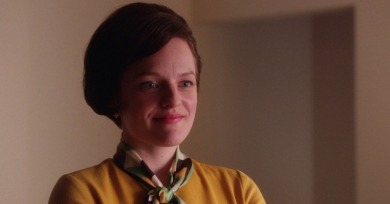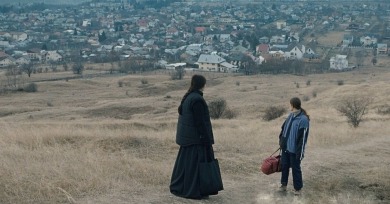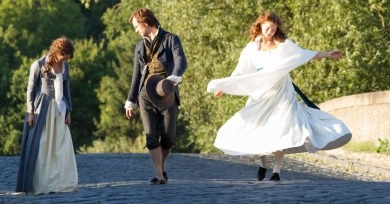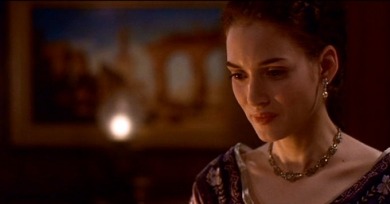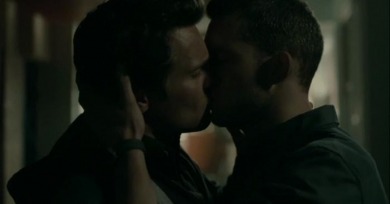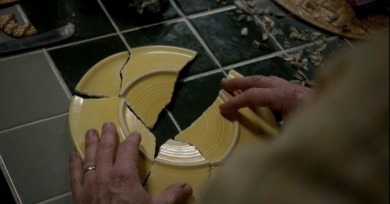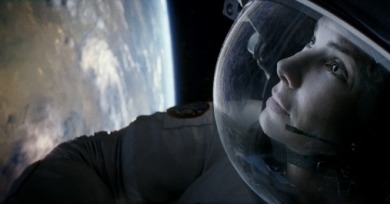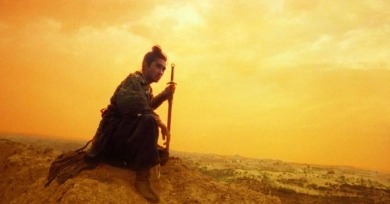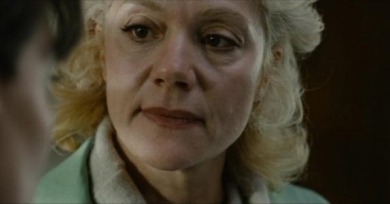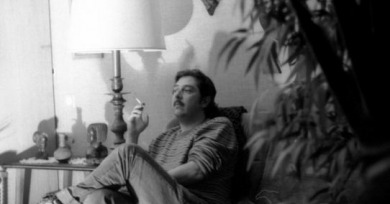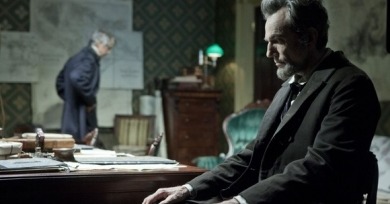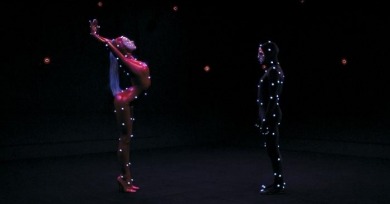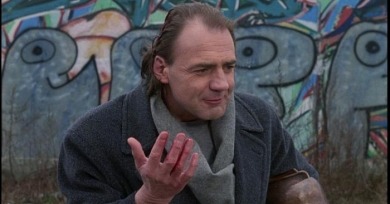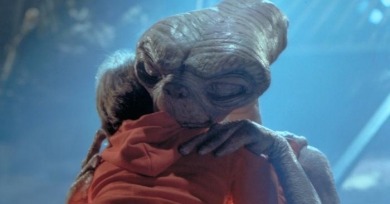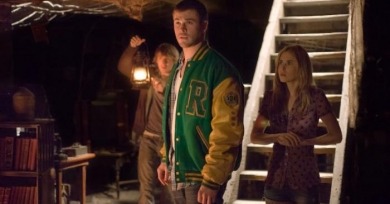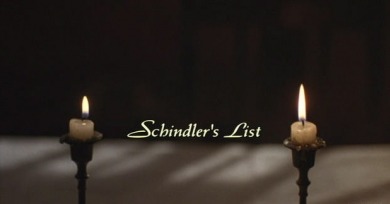Chris Wisniewski
To the extent that Weiner conceived Peggy as a proto second wave feminist, one can see The Best of Everything’s Caroline as the template from which she is fashioned.
For Mungiu, there are political and dramatic implications to the way that people and bodies occupy and interact within a frame, the way that the camera moves to depict action and reveal setting, and the way onscreen and off-screen space are established.
American Sniper’s defenders have basically staked out ground as formalists, while its detractors have made both weak and strong claims about the “responsibility” filmmakers have to a certain amount of ethical rigor and political engagement when making a film about an actual military conflict.
If excess—visual and aural—is the melodrama’s stock-in-trade, Dominik Graf’s Beloved Sisters is an atypical example of the genre for the extent to which it is propelled by language.
The Age of Innocence is as brutal a film as anything in Scorsese’s filmography—and it is also just as kinetic. His camera is constantly in motion, insinuating itself between characters, panning, tilting, and tracking from faces to walls to plates of food to silverware to fine china.
Both a companion piece to This Is Not a Film and a cinematic break from it, Closed Curtain at first seems to mark a return to “fiction” filmmaking for Panahi—to whatever extent categories like “fiction” and “nonfiction” even apply to his cinematic practice—and so it also invites a certain recalibration.
In Looking, (gay) sex is a storytelling tool, but it is always deployed in service of stories that see identity as rich and multivalent.
Though A History of Violence and Breaking Bad follow opposite trajectories—one toward redemption, the other damnation—they both investigate whether the man makes the circumstance or the circumstances make the man.
An efficient, technically audacious hour-and-a-half survival narrative, Gravity demonstrates both a spectacular formal ambition and a single-minded, bordering on simplistic, narrative focus
This is a film of faces and gestures, not of expansive terrain or large-scale battles. In a brisk hour and a half, Wong downplays incident, including a few extended sequences of pure mood.
Fitzgerald’s slim, devastating masterwork is, finally, a novel of America masquerading as a half-baked tragic love story, where the movie is an overwrought, though not unforgivable, tragic love story with no interest in or insight into America.
The Headless Woman may not make complete sense when seen as an exemplar of contemporary Latin American, feminist, or queer film; as a major work by a film artist at the height of her powers, though, it may be indispensable.
"I mean, it comes from everywhere. I don’t think that everything is rational or that I’m aware of everything. I proceed like a collector not knowing what kind of collection I’m making, but I’m collecting something."
The gambit of Spielberg’s Lincoln is to humanize this almost mythic figure. Its triumph, thanks largely to an erudite and ambitious screenplay that places utter faith in the intelligence of its audience, authored by the playwright Tony Kushner, is to do so without trying to deconstruct his greatness.
It begins at the beginning, with the first images that—thanks to the strange alchemy of human perception and scientific inquiry that made cinema possible—reproduced actual movement through a series of still pictures.
Blood, so overburdened in the popular imagination as a symbol for practically anything, is here reduced to something elemental and physical, understood through his new human senses.
Eight Reverse Shot writers revisit Steven Spielberg’s 1982 phenomenon.
Perhaps no other film in his oeuvre reflects so many of his preoccupations, both superficial (1940s, Nazis, boyhood, movie history) and substantive (absent fathers, fractured masculinity, the intersection between domestic strife and the threat of large-scale annihilation).
Much of Cabin’s delight stems from the many intricate reveals that comprise the narrative’s structure, but the film is far from gimmicky or contrived, relying on the audience’s fluency in the language of horror films to simultaneously revel in and interrogate the established pleasures of the genre.
Schindler’s List, as a film, has gotten lost somewhere between the reverence characteristic of its popular reception and the highly charged, theoretically driven criticism it received elsewhere.
